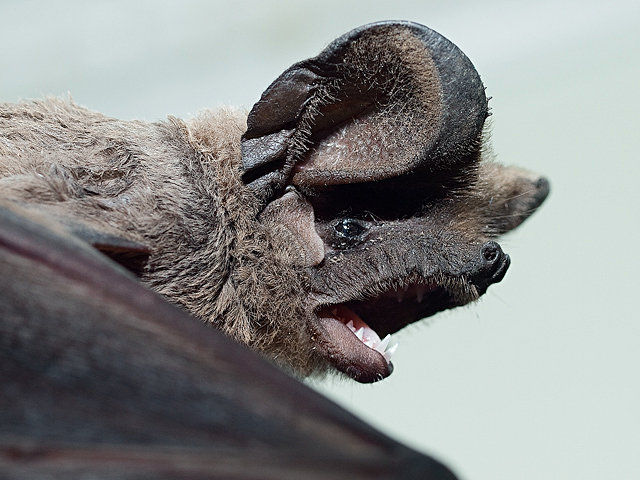Birds are known to seek thermal or topographical uplift in the surrounding landscape during the day or to use the energy of the air currents as updrafts. With the help of these energy sources, they get an uplift and can reach very high altitudes. Until now, it has been assumed that most of these resources are not available at night because the thermal potential in the nocturnal atmosphere is lower and it is more difficult to find topographical objects that generate such updrafts. Nevertheless, some species of bats have already been recorded hundreds to thousands of metres above the ground, and individuals have been observed to have made repeated, energetically costly ascents. Others flew at some of the fastest speeds observed for active vertebrate flight.
The authors of the present study therefore hypothesized that bats, similar to birds, use the orographic updraft to reach high altitudes. In their research, they used special, three-dimensional GPS trackers, which they applied to European free-tailed bats (Tadarida teniotis). High-resolution regional wind data showed that the bats actually used the energy of the orographic lift to rise to over 1600 m, reaching maximum flight speeds of 135 km/h on their own. It has also been shown that bats such as the free-tailed bat specifically use places that, due to their relief, cause updraft winds to reach high altitudes. The animals thus cleverly use the vertical wind energy in the nocturnal landscape.

Original study:
O’Mara, M Teague; Amorim, Francisco; Scacco, Martina; McCracken, Gary F; Safi, Kamran; Mata, Vanessa; Tomé, Ricardo; Swartz, Sharon; Wikelski, Martin; Beja, Pedro; Rebelo, Hugo; Dechmann, Dina K. N. (2021): Bats use topography and nocturnal updrafts to fly high and fast. Current Biology 2021. – Cell Press. – ISSN 0960-9822. – eISSN 1879-0445. https://dx.doi.org/10.1016/j.cub.2020.12.042
